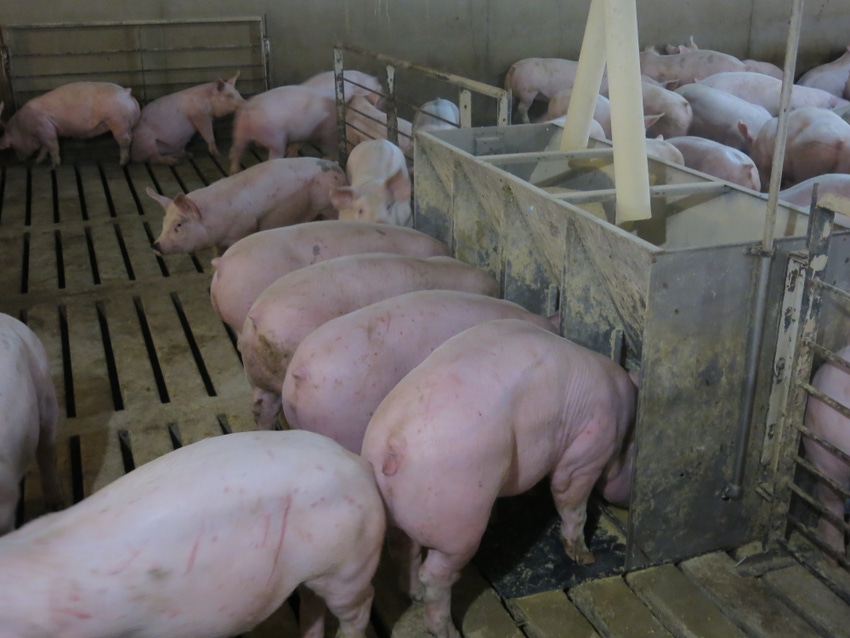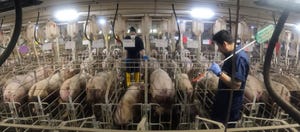Industry dynamics continue with high volatility
New year brings new health challenges, higher feed costs and ongoing market volatility.

Hello 2021!
In many ways, it is good to have 2020 behind us. As we begin to unpack the year and analyze the impact to earnings and net worth, one thing is clear: 2020 was one of the most variable for outcomes that we have ever seen.
Pig production earnings are wide, with a $40 spread in net income per head between high and low farms. Profitability will likely range from a loss of $20 per head to a gain of $20 per head. Primary determining factors are price discovery and risk management. Government support through CFAP and PPP were also contributing factors for some farms.
A short three months ago, pork producers were concerned about a resurgence of COVID-19 and how that might affect slaughter and the ability to move pigs to market again. Meanwhile, most were hoping to just get through the year and looking forward to turning the page and looking for better results in 2021. Today, we are looking at industry dynamics that continue with high volatility and new issues that must be managed.
Productivity
New health challenges in recent months seem to be more severe than in past seasons. PRRS issues are more challenging than past years for many. Not a week goes by that I haven’t had a conversation with a client about performance issues and productivity challenges due to PRRS. It will have an impact on hogs marketed in the first half of 2021 and likely beyond. How much impact it has on live hog prices, if any, is the key question.
Cost of production
The move in feed ingredient prices was unexpected. Global demand is moving commodity prices higher and driving pig production costs to a number that we haven’t seen for many years. Last week, corn futures closed at $5.315/bu. and soymeal futures closed at $463.20/ton. Cost of production will be more than $12/cwt., higher than most of 2020 if these prices continue. That huge shift in ingredient prices should motivate us to rethink how we utilize this resource.
Evaluate diets, alternative ingredients and feed phases
Think through considerations for ideal market weights
Check micron size and maximize feed conversion
Carefully manage feeder settings and feed waste
Risk management
When managing risk, stick to the basics. Understand your cost of production to set reasonable target levels for hedging and option strategies. Those “reasonable” targets might be much different than they were just a few months ago. Prices will only adjust to higher costs when supply is changed due to the higher costs.
Prices and circumstances in this industry can change quickly and prices can fall as fast as they increase. Be prepared to make the best of the situation by maximizing prices of minimizing losses. It will take astute management and decision-making to make the best of the current situation, and I am confident in today’s producer to be up for yet another set of challenges.
Source: Kent Bang, who is solely responsible for the information provided, and wholly owns the information. Informa Business Media and all its subsidiaries are not responsible for any of the content contained in this information asset. The opinions of this writer are not necessarily those of Farm Progress/Informa.
About the Author(s)
You May Also Like





